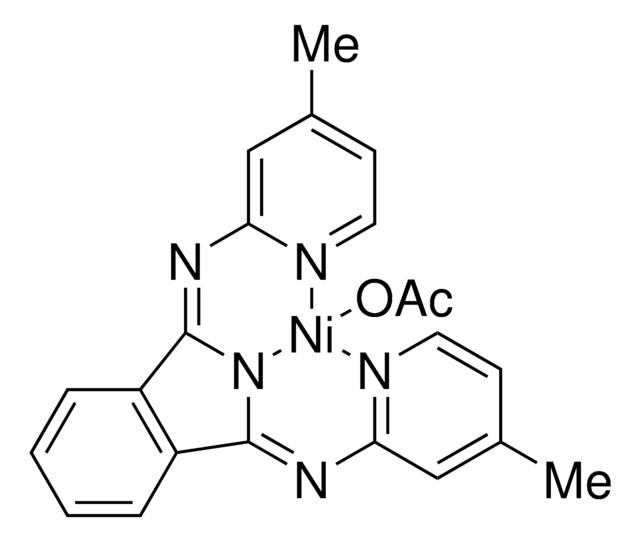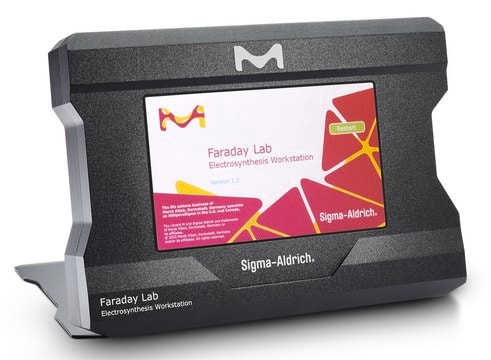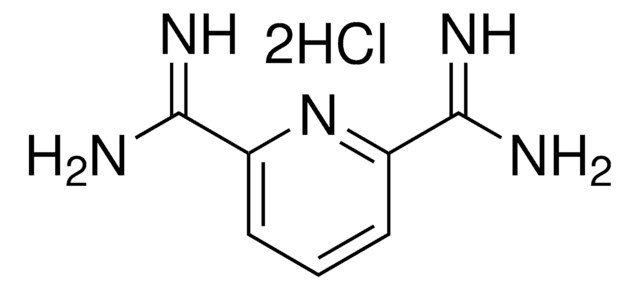Wichtige Dokumente
918105
(MeBPI)2Ni
≥95%
Größe auswählen
About This Item
Empfohlene Produkte
Qualitätsniveau
Assay
≥95%
Form
crystals
Eignung der Reaktion
reagent type: catalyst
reaction type: Cross Couplings
mp (Schmelzpunkt)
>300 °C
SMILES String
[Ni+2].[N-]5\C(=N\c8nccc(c8)C)\c6c(cccc6)\C\5=N/c7nccc(c7)C.[N-]1\C(=N\c4nccc(c4)C)\c2c(cccc2)\C\1=N/c3nccc(c3)C
InChIKey
UEBWUPHCLCWDLU-UHFFFAOYSA-N
Verwandte Kategorien
Anwendung
Product can be used with our Synlectro electrochemistry platform (ESYNTH001)
Ähnliches Produkt
Lagerklassenschlüssel
11 - Combustible Solids
WGK
WGK 3
Flammpunkt (°F)
Not applicable
Flammpunkt (°C)
Not applicable
Hier finden Sie alle aktuellen Versionen:
Analysenzertifikate (COA)
It looks like we've run into a problem, but you can still download Certificates of Analysis from our Dokumente section.
Wenn Sie Hilfe benötigen, wenden Sie sich bitte an Kundensupport
Besitzen Sie dieses Produkt bereits?
In der Dokumentenbibliothek finden Sie die Dokumentation zu den Produkten, die Sie kürzlich erworben haben.
Aktive Filter
Unser Team von Wissenschaftlern verfügt über Erfahrung in allen Forschungsbereichen einschließlich Life Science, Materialwissenschaften, chemischer Synthese, Chromatographie, Analytik und vielen mehr..
Setzen Sie sich mit dem technischen Dienst in Verbindung.








